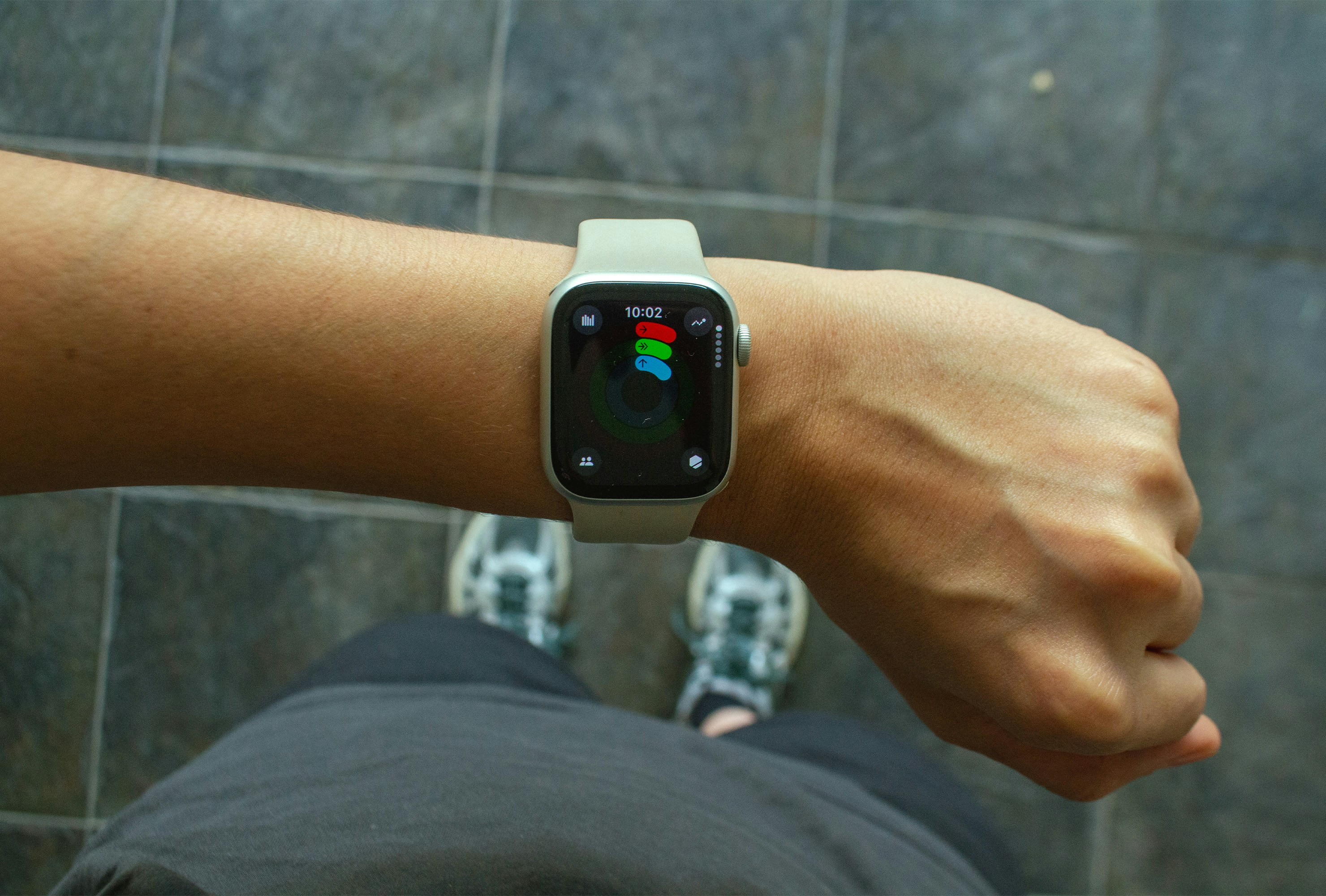Our access to health information has never been greater. Wearables count our steps and sleep, apps nudge us toward better habits, and social feeds brim with advice. This visibility can be empowering as it can build awareness, support earlier action, and gives many of us a sense of agency over our wellbeing.
Yet there’s a paradox. The same stream of data that helps us prevent problems can become mentally exhausting. Awareness can slide into overwhelm, and the pressure of what you “should be doing” can add stress rather than reduce it.
So how much information is useful, and when does it become unhelpful? A helpful rule of thumb is that information is useful when it reliably leads to a clear action, at a cadence you can sustain, and makes you feel more capable rather than more anxious. If a number changes and you know exactly what you’ll do about it–book a checkup, take a rest day, adjust a meal plan–then that data point is working for you. When information piles up without a next step, it quickly turns into noise.
Unhelpful information often has the same pattern. It’s abundant but unactionable: graphs without guidance, scores without context, alerts without clear priorities. It can be contradictory or overly granular, encouraging constant checking and second-guessing.
Technology can absolutely support consistency by making healthy actions easier and more visible, but it works best with boundaries. Limit non‑essential notifications, avoid checking dashboards late at night, and take breaks from tracking when you’re unwell or recovering.
For organisations and brands, the challenge is to provide less but better information. Prioritise clear, plain‑language summaries, show trends rather than daily fluctuations, and always pair data with ”what this means” and ”what to do next.” Personalise ranges where possible, reduce conflicting advice, and design tools that protect mental bandwidth rather than compete for it. When information comes with interpretation and a manageable next step, people are far more likely to act–and to keep acting.
In the end, health information is like medicine: the right dose helps, too much can harm. Aim for information that is credible, relevant, and actionable; set a rhythm that fits your life; and seek human guidance when you need context. With a balanced approach, we can keep the benefits of being informed without letting our mental health pay the price–turning prevention from a source of pressure into a sustainable part of everyday life.
